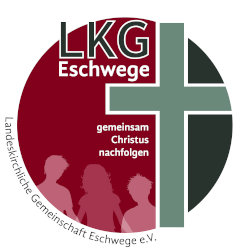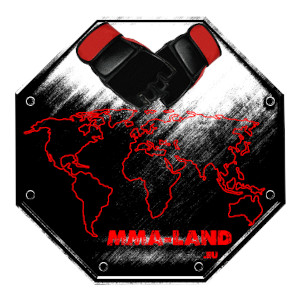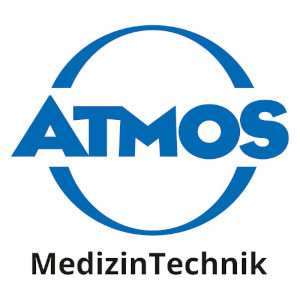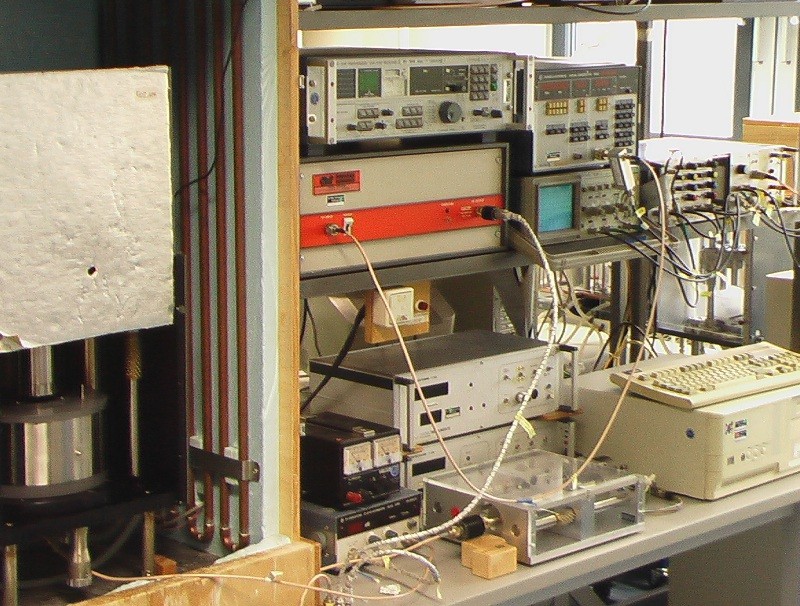 Ultrasonic damping spectroscopy (also: ultrasonic spectroscopy or ultrasonic absorption spectroscopy) - is a method for characterizing the properties of liquids and dispersed particles. It is also known as acoustic spectroscopy. The measurement of the damping coefficient as a function of the ultrasonic frequency provides raw data for the further calculation of various system properties.
Ultrasonic damping spectroscopy (also: ultrasonic spectroscopy or ultrasonic absorption spectroscopy) - is a method for characterizing the properties of liquids and dispersed particles. It is also known as acoustic spectroscopy. The measurement of the damping coefficient as a function of the ultrasonic frequency provides raw data for the further calculation of various system properties.
Such raw data is often used when calculating the particle size distribution in heterogeneous systems such as emulsions and colloids. In the case of acoustic rheometers, the raw data are converted into shear viscosity or bulk viscosity. What is not generally known is that with the help of ultrasound spectroscopy, molecular processes can also be examined, such as changes in conformation. This is a non-destructive measurement method.
Do you have questions on the topic and want to find out more, or do you need the support of our digital think tank for your project? Take like Contact up with us!
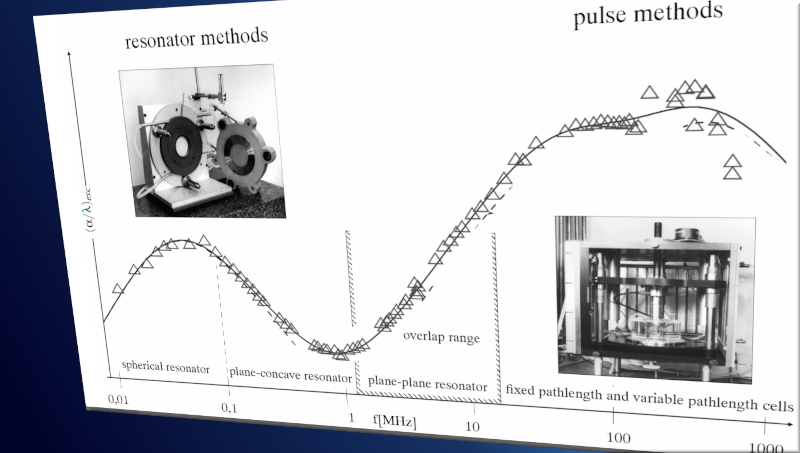 Spectroscopy is the study of the interaction between matter and electromagnetic radiation (using electron spectroscopy, atomic spectroscopy, etc.). Historically, spectroscopy was created by examining visible light that is scattered by a prism according to its wavelength. Later the concept was greatly expanded to include any interaction with radiant energy as a function of its wavelength or frequency, predominantly in the electromagnetic spectrum, although matter waves and acoustic waves (see Ultrasonic attenuation spectroscopy) can be viewed as forms of radiant energy; Recently, in connection with the Laser Interferometer Gravitational Wave Observatory (LIGO) and laser interferometry, even gravitational waves have been associated with a spectral signature with enormous difficulty. Spectroscopic data is often represented by an emission spectrum, a representation of the response of interest as a function of wavelength or frequency.
Spectroscopy is the study of the interaction between matter and electromagnetic radiation (using electron spectroscopy, atomic spectroscopy, etc.). Historically, spectroscopy was created by examining visible light that is scattered by a prism according to its wavelength. Later the concept was greatly expanded to include any interaction with radiant energy as a function of its wavelength or frequency, predominantly in the electromagnetic spectrum, although matter waves and acoustic waves (see Ultrasonic attenuation spectroscopy) can be viewed as forms of radiant energy; Recently, in connection with the Laser Interferometer Gravitational Wave Observatory (LIGO) and laser interferometry, even gravitational waves have been associated with a spectral signature with enormous difficulty. Spectroscopic data is often represented by an emission spectrum, a representation of the response of interest as a function of wavelength or frequency.
One focus of the digital think tank spectral analysis is dielectric spectroscopy (Impedance spectroscopy). Our experts are at your disposal for your questions and as support for your spectroscopy project. Contact Us please!
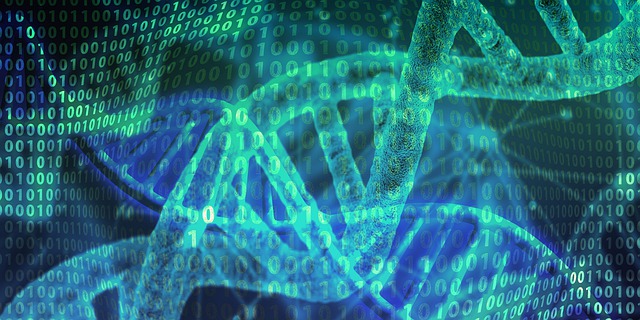 Medical technology and medical informatics are any kind of knowledge that is involved in performing tasks and achieving certain results in the health system and medicine: diagnosis, therapy, rehabilitation and prevention.
Medical technology and medical informatics are any kind of knowledge that is involved in performing tasks and achieving certain results in the health system and medicine: diagnosis, therapy, rehabilitation and prevention.
In a narrower sense, medical technologies are immaterial medical resources (knowledge, skills, procedures, organizational solutions / software) and material medical resources (drugs, devices, aids) that are directly or indirectly related to the health services provided and specific medical interventions (therapeutic, diagnostic, rehabilitative or preventive).
Medical Technology
In medical technology, all medical processes, products and medical devices are researched, developed and manufactured under the umbrella term medical devices that are important for the examination, diagnosis, treatment and prevention of diseases, injuries and disabilities. In addition, medical devices can aim to restore a certain state of health and quality of life. Medical devices are primarily intended for physical use in humans.
The following are important examples of medical devices:
• Diagnostic imaging:
X-ray (e.g. computed tomography - CT)
Nuclear medicine (e.g. scintigraphy)
Sonography (ultrasound devices)
Magnetic resonance imaging (MRI)
among others
• Pacemaker
• Dialysis machines
• Heart-lung machines
• implants
• Prostheses and orthotics
• hearing aids
• artificial organs
• Cleaning devices and disinfection devices for sterilization
and many more.
Medical informatics
The main tasks of medical informatics are to collect, process, evaluate, display and archive medical data, information and knowledge, as well as to simplify and improve work processes in healthcare and medicine.
The goals of medical informatics are to support and optimize health care and to provide new knowledge and knowledge in medicine.
In addition, various medical devices for administering drugs (application) also belong to the field of medical informatics, provided that they prevent or minimize any risk to patients (for example by regulating the dosage).
Consulting and development of medical technology and medical IT
As a medical technology company, clinic or hospital, our experts at Digital Think Tank will be happy to advise you on problems and questions in the development of medical products, medical devices and in the field of medical IT. Take Contact up with us!
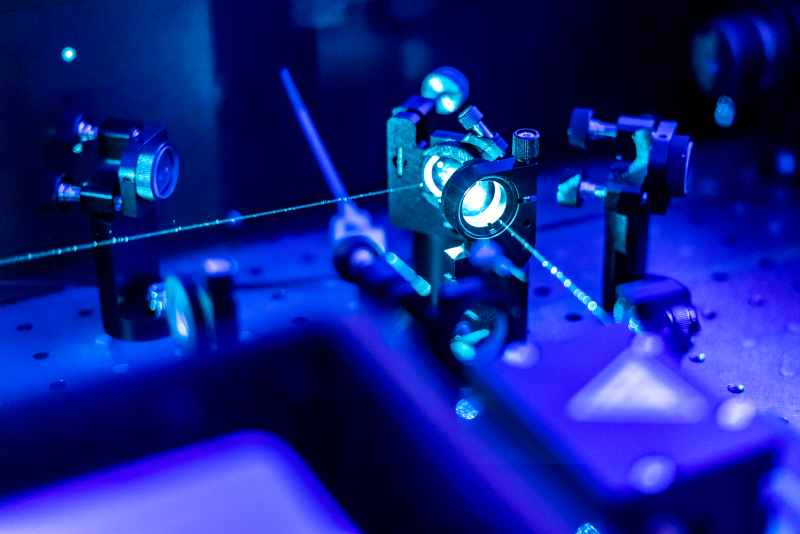 Laser physics deals with the functioning of lasers and Laser technologies. Your main task is the development of new lasers and the optimization of existing laser technologies for research laboratories, industry and medicine, among others.
Laser physics deals with the functioning of lasers and Laser technologies. Your main task is the development of new lasers and the optimization of existing laser technologies for research laboratories, industry and medicine, among others.
What is a laser
A pair of Laser is a device that emits electromagnetic radiation in the visible, ultraviolet or infrared range using the phenomenon of forced emission. The name is an acronym for Light Amplification by Stimulated Emission of Radiation (Light amplification by stimulated radiation emission): Amplification of light by forced emission of radiation. A laser beam is generated.
In a laser it is easy to get radiation with a very small emission line width, which corresponds to a very high power in a selected narrow spectral range. With pulsed lasers, very high pulse powers and very short pulse durations can be achieved for an optimal laser beam.
Structure of a laser
The main components of a laser are:
• active medium (laser medium)
• optical resonator (laser resonator)
• Pump system (pump)
The pumping system supplies energy to the active medium. In the active medium, the laser action, ie quantum photon amplification, takes place under suitable conditions. And the optical system enables the selection of suitable photons.
Laser classes
Because of their possible harmful effects, lasers are used in several different ways Laser classes according to DIN EN 60825-1: 2008-05 (safety of laser equipment) and must be marked accordingly. The manufacturer of a laser is responsible for making the correct classification, ie placing the laser in the correct class. Basically: the higher the hazard potential of the laser and the laser radiation, the higher the laser class.
Laser class 1
Class 1 lasers have the lowest hazard potential, as the laser radiation is very weak (<0,4 mW) and visible. They are almost harmless or are located in a closed housing and therefore have no harmful effect.
Laser class 1 includes DVD players, CD players, scanners, and printers.
Laser class 2
Class 2 lasers are almost harmless to the human eye when exposed to brief exposure (<0,25 seconds). However, prolonged exposure can dazzle the viewer, which can damage the retina. The laser radiation is in the power range below 1 mW and in the visible range between 400 and 700 nm wavelength.
Laser class 2 includes line lasers, rotating lasers, laser pointers and laser measuring devices (e.g. laser level, laser range finder).
Laser class 3
Class 3 lasers are at least potentially harmful to the eyes and possibly the skin. Various protective measures must be taken when operating class 3 lasers. In principle, it is necessary to wear special protective goggles, appoint a laser safety officer and report that the laser is being used. Class 3 lasers are divided as follows:
Laser class 3R
Laser radiation from class 3R lasers is potentially dangerous to the human eye. The power of the laser radiation in the visible range is <5 mW in the wavelength range from 302,5 nm to 106 nm. The use of the laser must be reported, protective goggles must be worn, and a laser safety officer must be appointed.
Lasers of laser class 3R are used in particular as laser projectors, industrial lasers for material processing or as show lasers.
Laser class 3B
Laser radiation from class 3B lasers is harmful to the human eye and in certain cases also to the skin. Lasers of laser class 3B have a power of 5 mW to 500 mW, the wavelength is between 302,5 nm and 106 nm. In addition to the protective measures of laser class 3R, lasers of class 3B may only be used in demarcated areas, which are accessed with warning lights must be provided.
Lasers of laser class 3B are used as medical lasers, industrial lasers, laser projectors and show lasers.
Laser class 4
High performance laser are classified in laser class 4 and are the most dangerous lasers. Their laser radiation can cause serious damage to eyes and skin as well as cause fires and explosions. The power of high-power class 4 lasers is> 500 mW and in the wavelength range between 302,5 nm and 106 nm.
When using high-power lasers, they are highest protective measures required: Wearing special protective goggles, reporting the operation of the laser, appointing a laser safety officer. In addition, the operation of high-power lasers is only permitted in delimited, locked rooms, and special fire and explosion protection measures must be taken.
Class 4 lasers are used as medical lasers, research lasers, industrial lasers, material processing lasers and show lasers, among others.
Digital think tank specialists in laser physics
Digital Think Tank will be happy to advise you on problems or optimization of your laser system. Our experts have knowledge and in-depth expertise on most types of lasers, among others Solid-state lasers, Semiconductor laser, various Gas laser and Excimer laser. Take Contact up with us!
 suction in the operating field to ensure the highest possible blood integrity for re-transfusion systems,
suction in the operating field to ensure the highest possible blood integrity for re-transfusion systems, Ultrasonic damping spectroscopy (also: ultrasonic spectroscopy or ultrasonic absorption spectroscopy) - is a method for characterizing the properties of liquids and dispersed particles. It is also known as acoustic spectroscopy. The measurement of the damping coefficient as a function of the ultrasonic frequency provides raw data for the further calculation of various system properties.
Ultrasonic damping spectroscopy (also: ultrasonic spectroscopy or ultrasonic absorption spectroscopy) - is a method for characterizing the properties of liquids and dispersed particles. It is also known as acoustic spectroscopy. The measurement of the damping coefficient as a function of the ultrasonic frequency provides raw data for the further calculation of various system properties. Spectroscopy is the study of the interaction between matter and electromagnetic radiation (using electron spectroscopy, atomic spectroscopy, etc.). Historically, spectroscopy was created by examining visible light that is scattered by a prism according to its wavelength. Later the concept was greatly expanded to include any interaction with radiant energy as a function of its wavelength or frequency, predominantly in the electromagnetic spectrum, although matter waves and acoustic waves (see
Spectroscopy is the study of the interaction between matter and electromagnetic radiation (using electron spectroscopy, atomic spectroscopy, etc.). Historically, spectroscopy was created by examining visible light that is scattered by a prism according to its wavelength. Later the concept was greatly expanded to include any interaction with radiant energy as a function of its wavelength or frequency, predominantly in the electromagnetic spectrum, although matter waves and acoustic waves (see  Medical technology and medical informatics are any kind of knowledge that is involved in performing tasks and achieving certain results in the health system and medicine: diagnosis, therapy, rehabilitation and prevention.
Medical technology and medical informatics are any kind of knowledge that is involved in performing tasks and achieving certain results in the health system and medicine: diagnosis, therapy, rehabilitation and prevention.  Laser physics deals with the functioning of lasers and Laser technologies. Your main task is the development of new lasers and the optimization of existing laser technologies for research laboratories, industry and medicine, among others.
Laser physics deals with the functioning of lasers and Laser technologies. Your main task is the development of new lasers and the optimization of existing laser technologies for research laboratories, industry and medicine, among others.

